Common Orthodontic Problems and How We Treat Them
Perfectly aligned teeth are rare, and many people experience orthodontic issues that affect chewing, oral hygiene, speech, and smile aesthetics. A malocclusion, or “bad bite,” can be inherited or result from factors such as:
Thumb sucking
Dental disease
Poor oral hygiene
Accidents or injuries
Birth defects
Other medical conditions
Understanding the type of orthodontic problem is the first step toward effective treatment. With care from Dr. Terrence Campbell, you can improve both the function of your bite and the appearance of your smile.
Below are some examples of the most common orthodontic problems.
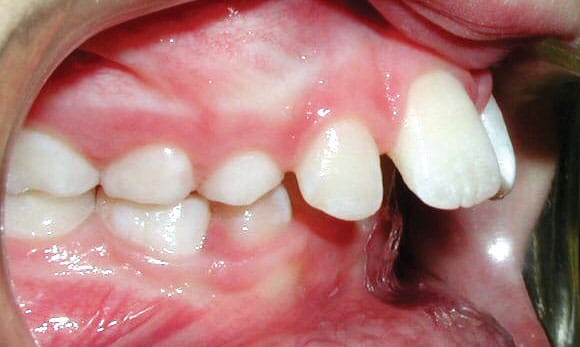
Upper Front Teeth Protrusion
The appearance and function of your teeth are impacted by this type of bite. It is characterized by the upper teeth extending too far forward or the lower teeth not extending far enough forward.
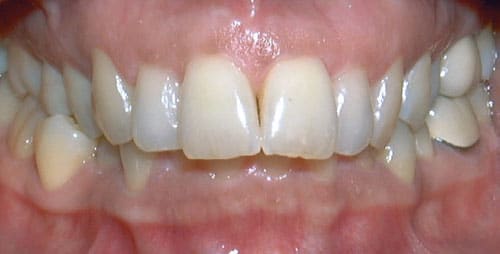
Overbite
The upper front teeth extend out over and cover the lower front teeth, sometimes causing the lower front teeth to bite into the roof of the mouth.

Crossbite
A crossbite occurs when the upper teeth sit inside the lower teeth, leading to uneven wear and misaligned jaw growth. Correcting a crossbite can guide proper jaw development, protect dental health, and restore bite balance.
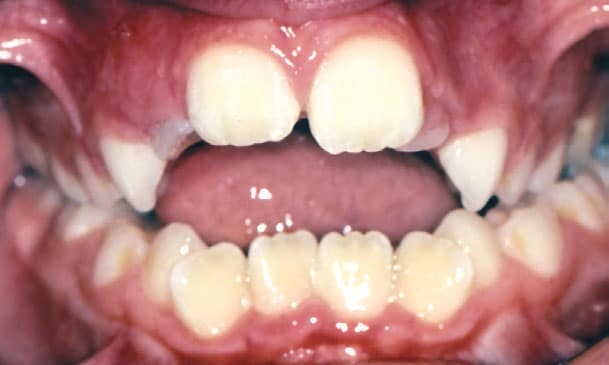
Open Bite
An open bite is when the upper and lower front teeth do not meet when biting down, making chewing and speaking more difficult. Treating an open bite can improve chewing ability, reduce tongue-thrusting habits, and enhance speech clarity.
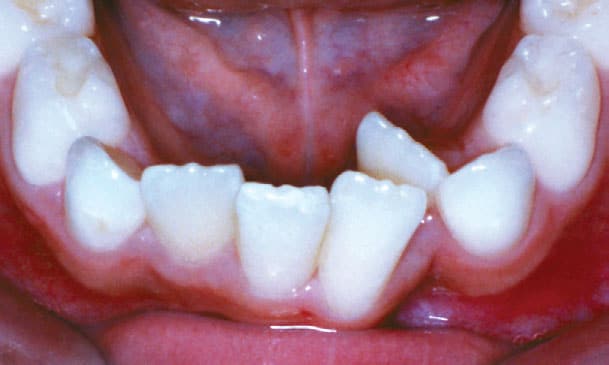
Crowding
Crowding occurs when there is not enough space for teeth to erupt properly, causing overlap or misalignment. Correcting crowding can create proper space, support healthy alignment, and make future care easier.
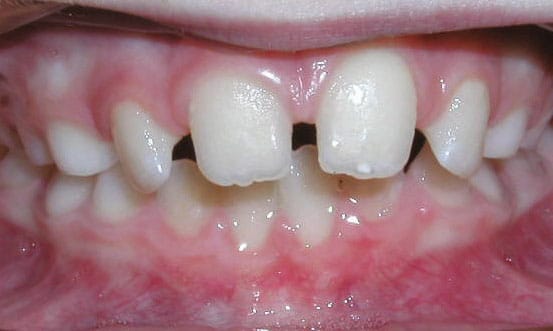
Spacing
Spacing occurs when gaps form between teeth due to missing teeth or cosmetic concerns. Closing spaces can improve bite function, enhance smile appearance, and support long-term oral health.
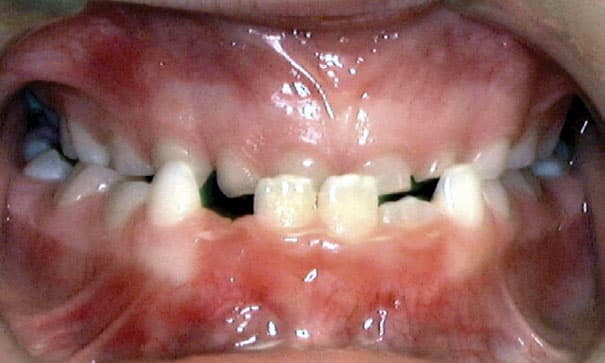
Underbite
An underbite happens when the lower jaw extends too far forward, placing the lower teeth ahead of the upper teeth. Treating an underbite can enhance chewing ability, create a balanced profile, and improve overall dental health.
